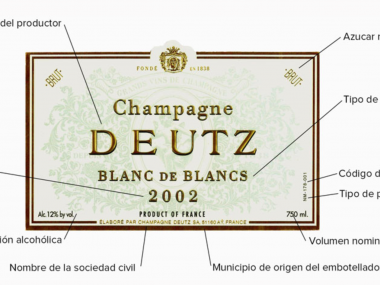Acidity is an essential feature of wine that is necessary for its quality because, as wines age, acidity helps to preserve them longer. But what does acidity taste like, how acidic is the wine and why is it important to have acidity?
Along with tannins, alcohol content and sweetness, acidity is one of the four fundamental aspects of wine, giving it its acid and bitter taste. These four elements must be in balance to achieve a good quality wine.
With regard to the amount of acidity usually found in a wine, most wines range from 2.5 to 4.5 pH, and can contain several types of acids, from tartaric acid, malic acid and citric acid, among others.
How to taste the acidity in wine
The acidity of a wine will transport you a sensation similar to the one you can feel when tasting a lemonade, or any citrus fruit. However, if it is a sweet wine, this will be diminished, since the sweetness will appease the sensation of acidity.
How the climate influences the acidity of the wine
The climate plays a very important role in the acidity of a wine. It is important to keep in mind that when wine grapes are still green, they have a very high acidity. As they mature, the acidity decreases and the sweetness increases. Thus, the perfect time is when the grape is perfectly sweet, ripe and still has enough acidity.
Keeping this in mind, the climate is a key factor since, for example, cool nights and cold weather prevent the grapes from losing their acidity. In a region with a short growing season, there is a possibility that the grapes will never mature enough, resulting in more acidic and more herbaceous wines.






